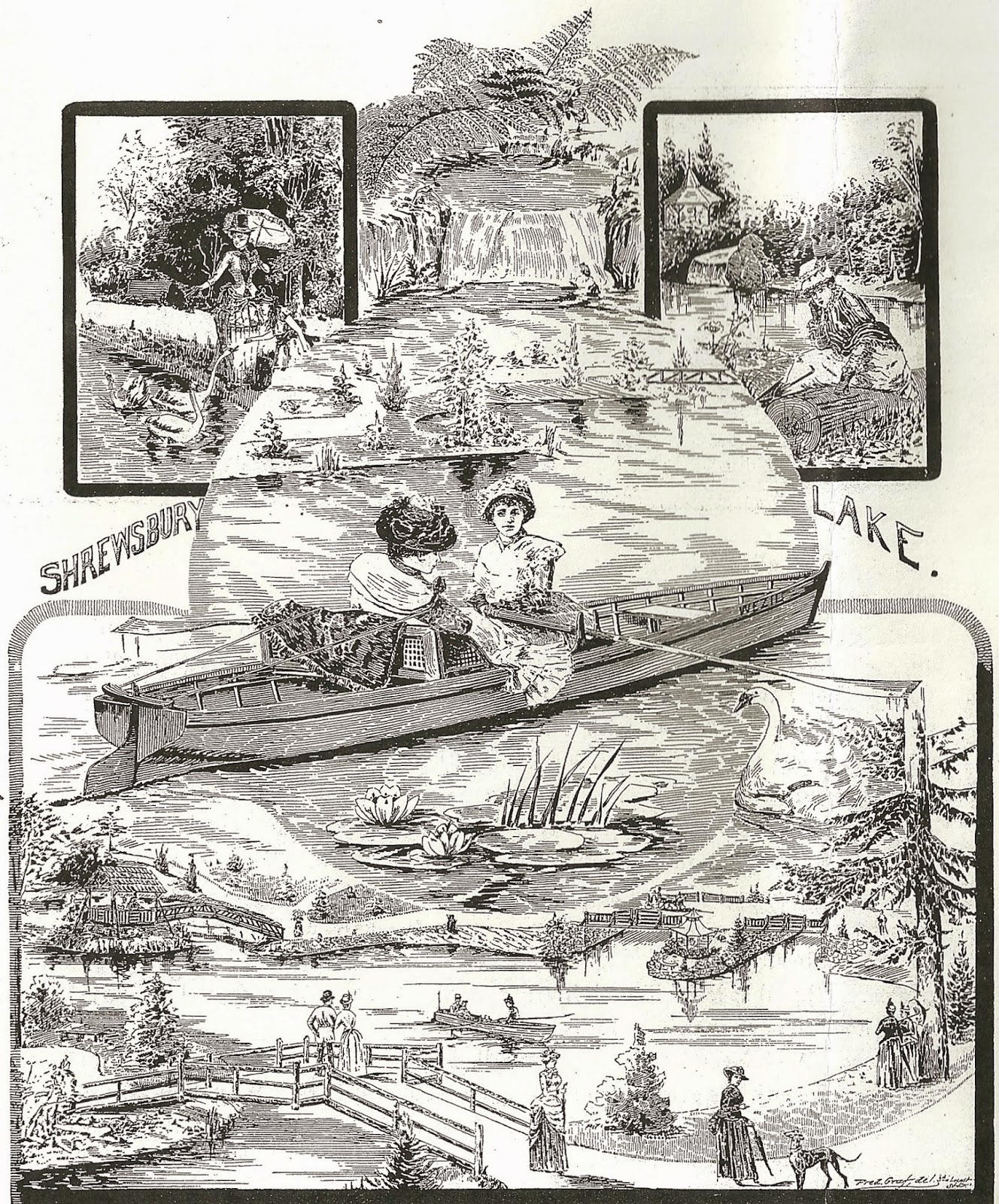The fire that destroyed John Murdoch's barn on October 4, 1877 gave rise to a lawsuit that was filed on April 30, 1878. Franklin A. Dick filed suit against the Franklin Fire Insurance Company, which on April 24, 1874 issued a policy on the barn (and probably the other structures on Murdoch Farm as well). The policy, by its terms, insured F.A. Dick and Ben Farrar, trustees of Isaiah V. Williamson, against loss or damage by fire, to the amount of $3,500 on their interest under a deed of trust in a certain building in St. Louis County. The insurance company was contesting that Dick and Farrar had an insurable interest in the covered property.
The interest of Dick and Farrar in the insured premises was that of trustee under a deed of trust executed on May 1, 1871 by John J. Murdoch and wife to them, to secure a loan of $30,000 made by Isaiah V. Williamson to Murdoch for a period of five years. The interest rate was eight per cent per annum, payable semi-annually; the principal of debt being evidenced by a note of $30,000 due in five years, and the interest by ten notes for $1,200 each, maturing successively at every six months after the date of the loan.
 |
| May 1 1871 Deed of Trust |
Among the other covenants of the grantors of the deed of trust was the following: “And also to keep the buildings on said premises insured for a sum of not less than $16,000, until said noted be paid, in a company or companies satisfactory to the party of the third part [Williamson], the policy or policies of insurance to be assigned or made payable to the party of the second part [Dick & Farrar], and the money collected thereon in case of fire, to be held until said building be rebuilt by said first parties [Murdochs], as collateral security for said note, and when rebuilt shall be applied in payment of such rebuilding. If such insurance be not kept up, the party of the third part may pay the necessary premium therefore, and all sums so paid shall be held secured by the deed of trust, for the repayment of which and ten per cent per annum interest thereon said premises may be sold as below provided. Any failure by said first party to comply with any of the provisions of this deed of trust shall, at the option of the third party, make said principal notes immediately due.”
The court ruled in favor of Franklin Dick, and Franklin Insurance Company appealed. The Missouri Court of Appeals on May 31, 1881 ruled that a trustee in a deed of trust in the nature of a mortgage has an insurable interest in the property covered thereby distinct from that of the mortgagor. The Missouri Appellate Court has held that the mere fact that, under the terms of a fire insurance policy, the loss is made payable to a third person, gives such person a prima facie interest in the insurance contract, although he may have no insurable interest in the property insured. "And where a debtor’s interest in property insured, the loss being made payable to the creditor, the latter has a valid interest in the insurance contract, the debtor being a mere trustee for him. The fact that an insurer had opportunity to inquire, if it wished, as to the interest of the assured, and that it issues him a policy, is prima facie evidence of his insurable interest, placing the burden on the insurer to disprove it."
Within the ruling of the appellate court was a new piece of information about Murdoch's financial situation.
Before the policy was written, namely the fifth day of May 1873, Murdock [sic] and his wife executed a second deed of trust, by which they conveyed the premises in question to Robert M. Renick, as trustee for David H. Armstrong, to secure the latter against a liability which he had incurred to the extent of over $30,000, as indorser for Murdock [sic]. Moreover, the answer alleges, and the reply does not deny - and it must, therefore, be taken as true - that on December 20, 1873, Murdock [sic] sold and conveyed all his right, title, and interest in and to the premises, to John G. Priest, and that Murdock [sic] has had no interest in the premises, or in any part of them, since that time. There is evidence that all the premiums necessary to keep the policy in force were paid by Dick and Farrar, but were repaid to them by Armstrong, the second mortgagee.
When the deed of trust matured, namely, on May 1, 1876, Armstrong, to protect his own interest, entered into a written contract with Williamson, in which he assumed and agreed to pay the debt secured by the deed of trust, and by which Williamson extended the time of payment for two years longer, namely until May 1, 1878, at the same rate of interest, for which Armstrong gave to Williamson four notes for $1,200 each, maturing successively every six months thereafter.
It now appears that in addition to owing Isaiah Williamson $30,000 plus interest, Murdoch also was in debt to David H. Armstrong in an amount exceeding $30,000.




































